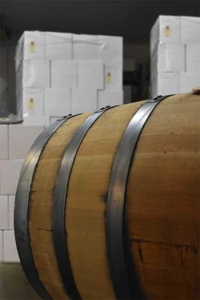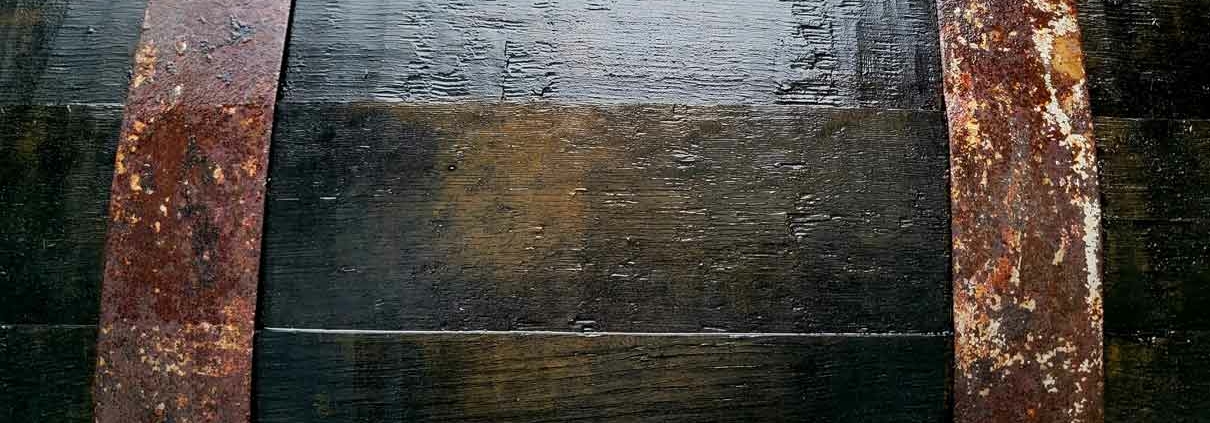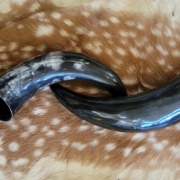Unlocking the Secrets of Aging Mead
Reading Time: 4 minutes
Aging mead combines art and science. Explore practical tips and explanations of the various roles from tannin to residual sugar and alcohol level. All highlighting mead aging as a journey in taste and discovery.
From Barrel to Bottle: Unlocking the Secrets of Aging Mead
Aging mead or honey wine is an art shrouded in romanticism yet grounded in science. Aging blends time-honored techniques and personal taste to create unique flavors. Aging mead enhances desirable qualities and subdues undesirable flavors. Whether aged in carboys, barrels, or bottles, this guide delves into the nuances of mead aging.
We’ll look at the impact of oxidation, the importance of ingredient choice, and oak aging. We’ll also look at practical tips for aging mead, including the ideal conditions and how personal preferences, alcohol content and ingredients influence aging time. Aging mead blends science and personal discovery, leading to a satisfying, personalized taste experience.
Maturing mead over time enables desirable flavors to meld and evolve, allowing harsh flavors to diminish. The Mead maker can age before bottling in carboys, barrels, or bottles. Consumers may age in the bottle.
Commercially made meads are generally ready to be enjoyed when released. Interestingly, over 90% of meads and grape wines are made with immediate consumption (within a year) in mind, and approximately 1% are made with the intention of long-term (more than five years) aging.
What happens during aging? And the benefits?
- Oxidation: Exposure to oxygen allows the flavors to meld and tannins to mellow. Prolonged exposure can add a sherry-like quality to mead, something best done intentionally rather than left to chance.
- Harsh alcohol flavors or “heat” can mellow over time.
- Phenolic compounds become smoother, and acids become more balanced. In general, acidity diminishes over time. Flavors integrate, and the mouth-feel smooths.

Oak barrel aging
Barrel aging can add interesting complexity, including hints of vanilla, caramel, smoke, and even coconut. The flavors imparted will be different depending on the origin of the oak.
Mead can age in new oak or barrels previously used for wine or spirits, particularly whiskey or bourbon. Each barrel will impart its unique flavor profile.
An alternative to barrel aging is aging on oak spirals or oak chips. Spirals and chips impart flavors more quickly due to the increased surface area. Barrels can be alarmingly expensive, depending on the particular barrel. Spirals and chips offer a much more affordable alternative.
Bottle and carboy aging
Aging in the bottle or bulk carboy aging allows flavors to integrate over time. The flavors will mellow and integrate without the addition of much complexity.
Characteristics of an age-worthy mead
Residual Sugar- Sweeter meads often have the longest life. Honey has a natural preservative quality. The higher the residual sugar, the more preserving attributes are maintained.
Alcohol- Moderate alcohol levels (11-13% ABV) correlate with a long lifespan. As well as fortified meads (~20% ABV)
Tannins– Tannins do not naturally occur in mead but are frequently added through fruit additions, tea, grape tannins, or barrel aging. In grape wine, tannins come from the skins and stems of fruit or barrel aging. Tannins add structure and encourage graceful aging.
Acidity- Meads with a higher initial acid have a better chance of maintaining desirable flavors over time. Over time, acidity is gradually lost. A properly balanced mead can move through the initial aging with an acidic profile, move to a pleasant brightness, and gradually flatten after it reaches its aging peak.
How does one age mead?
The short answer is cool, dry, and on its side (if it has a cork closure). Ideally, it should be around 50°F and in a sealed bottle or carboy with limited headspace to avoid oxidation. The most challenging part of aging is leaving it alone. Aging requires time and patience.
How long should mead age?
Personal preference- Individual taste is essential in deciding a mead’s aging time. Some enthusiasts prefer young meads’ bright, fresh flavors, enjoying them without lengthy aging. Others prefer the depth and complexity achieved through extended aging, often waiting several years for flavors to mature and meld fully.
Alcohol- Alcohol content heavily influences mead aging. High-alcohol meads require longer aging to soften harsh flavors and reduce the warming sensation, while lower-alcohol meads can achieve their best taste profile more quickly.
Ingredients- The mead’s specific ingredients, like fruits or spices, influence how long it should age. Different ingredients integrate and develop over varying times, shaping the mead’s aging needs.
General aging guidelines
Traditional meads usually require six months to 2 years for the flavors to mellow and smooth and any off flavors to diminish.
Melomels or fruit meads can take six months to 5 years for the flavors to fully integrate and the tannins and acids to mellow.
Metheglin or spiced meads are quicker, six months to a year. While the flavor integrates more quickly, it can also fall off quickly, depending on the particular botanical.
Oaked mead can age from 6 months to several years. Taste preference and oak type will determine how much time mead should spend on oak.
In essence, the art of aging mead is a personal journey. It’s about exploring and understanding your taste preferences through various aging techniques.
The process is an exciting adventure in experimentation, where each method and ingredient choice can lead to uniquely satisfying flavors.
Whether you prefer the youthful zest of a fresh mead or the rich complexity of an aged mead, the key is to embrace the experience and learn what delights your palate. Ultimately, aging mead is less about rules and more about the joy of developing something that delights you personally.

 Glenda Downs
Glenda Downs

